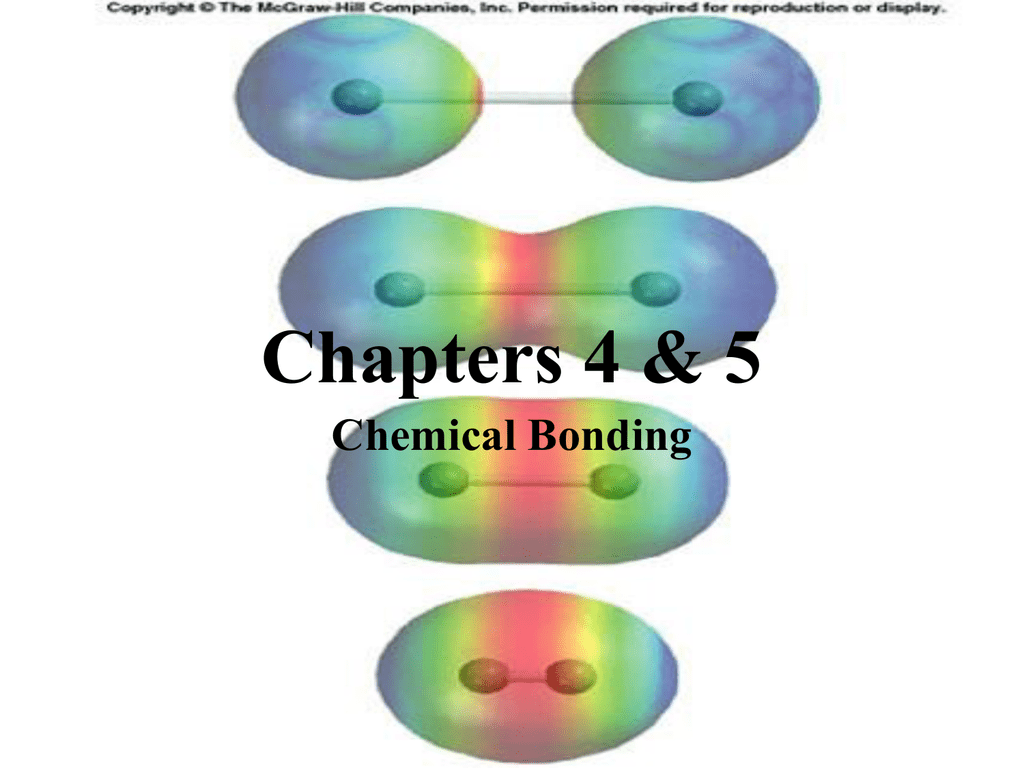

There are, of course, over eighty other elements.Ī complete periodic table, having very useful interactive links has been created by Mark Winter. The periodic table shown here is severely truncated. This module introduces some basic facts and principles that are needed for a discussion of organic molecules.Įlectron Configurations in the Periodic Table 1A

The study of organic chemistry must at some point extend to the molecular level, for the physical and chemical properties of a substance are ultimately explained in terms of the structure and bonding of molecules. Since removing the second electron from Mg gives it the noble gas configuration of 1s22s22p6, which is highly stable, the second ionization energy is only twice larger than the first one.Electron Configurations & The Periodic Table Use the electron configuration of magnesium to explain why this is so. Why does mg have twice the ionization energy of MG? The ionization energy dips at column 3A because losing an electron by one of those atoms leads to a filled s subshell, which is a fairly stable configuration. Why are there dips in ionization energy in Column 3A?Įxplain why these dips in ionization energy exist. Mg, Al, Si, S, Ar Rank from most to fewest valence electrons. Rb, Ca, Ge, Si, S, F Rank from largest to smallest atomic radius. Cl, S, Te, Sn, Pb Arrange the following elements in order of decreasing atomic size.
KRYPTON NUMBER OF VALENCE ELECTRONS HOW TO
How to arrange elements in order of decreasing ionization energy?Īrrange the following elements in order of decreasing ionization energy. Not present Element Total Number of Electrons in Neutral Ato Valence Electrons Gain or Lose Electrons Ion Formed Chlorine 17 7 Gain 1 Cl- Argon 18 8 None None Potassium 19 Lose 1 K+ Calcium 20 2 Lose 2 Ca2+ How many electrons are lost in chlorine ion formation? However, sulfur atoms require two electrons to complete their outer energy level. Sodium atoms have one valence electron, so each atom can give up only one electron. Group 2 atoms lose two electrons to form positively charged ions. For example, potassium atoms do this to form ions with the same electron configuration as the noble gas argon. How many electrons do atoms lose?Īll Group 1 atoms can lose one electron to form positively charged ions. Atoms tend to form bonds so that they have 8 valence electrons and become more stable. These elements are nonreactive, or stable. How many valence electrons does Xe gain or lose?Ītoms of neon (Ne), argon (Ar), krypton (Kr), and xenon (Xe) have 8 valence electrons. We can use this method to predict the charges of ions in ionic compounds. For example, fluorine has seven valence electrons, so it is most likely to gain one electron to form an ion with a 1- charge.

KRYPTON NUMBER OF VALENCE ELECTRONS FULL
When forming ions, elements typically gain or lose the minimum number of electrons necessary to achieve a full octet. How many electrons will an element gain or lose in forming an ion? On the other side of the periodic table elements gain electrons to resemble the next higher noble gas. Since K loses one electron (1 negative charge) it is no longer neutral it now has a +1 charge. K loses an electron so that it will have the same electron configuration as Ne. Octet Rule states- Atoms react by gaining or losing electrons so as to acquire the stable elecron structure of a noble gas, usually eight electrons. This is why Noble Gases do not form ions or bond with anything. Notice how Krypton ( a Noble Gas) Has filled up its valence electrons. The other inert gases including argon and xenon also have full outer shells with eight electrons.ĭoes krypton lose or gain electrons to become an ion? This is one of the happy elements and has an electron configuration of 2-8-18-8. Since krypton is in the far right row of the periodic table, its outermost shell is full with eight electrons. How many electrons does krypton gain or lose?


 0 kommentar(er)
0 kommentar(er)
